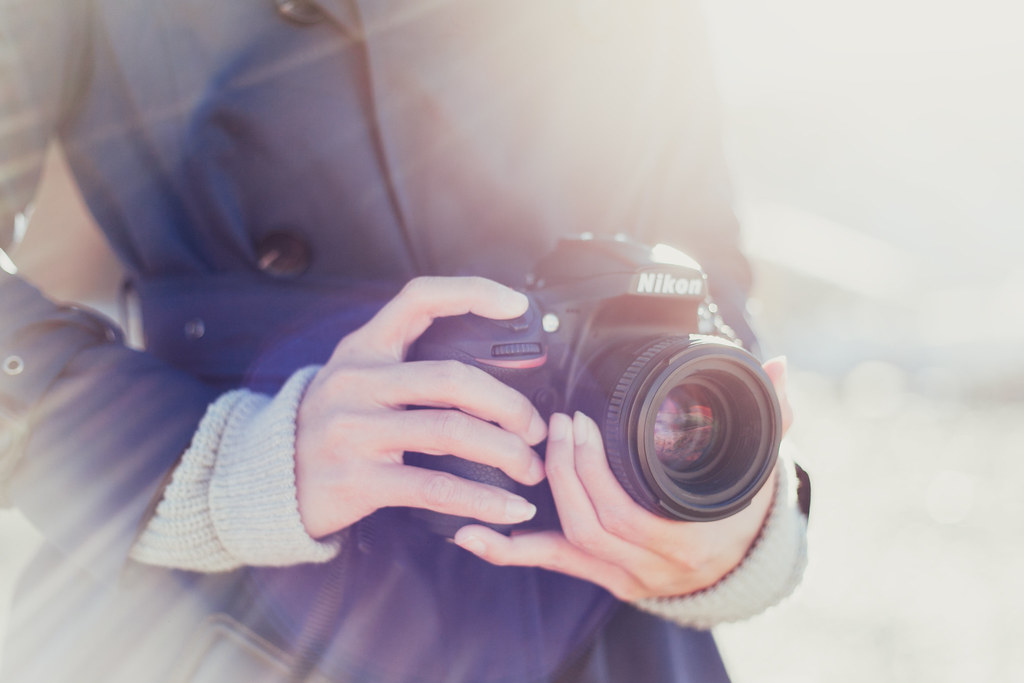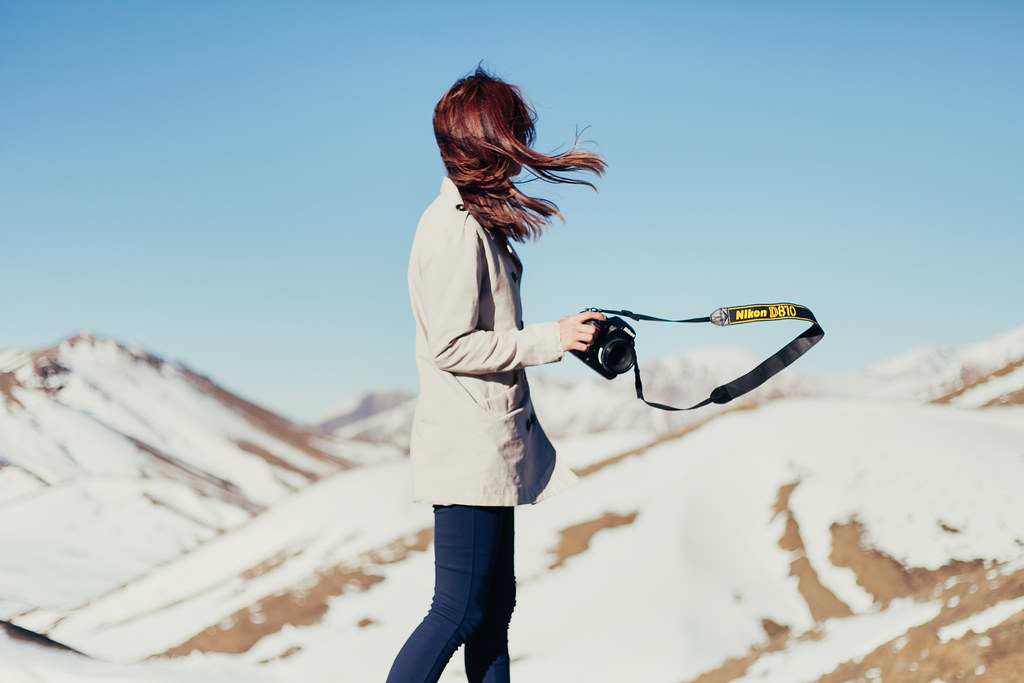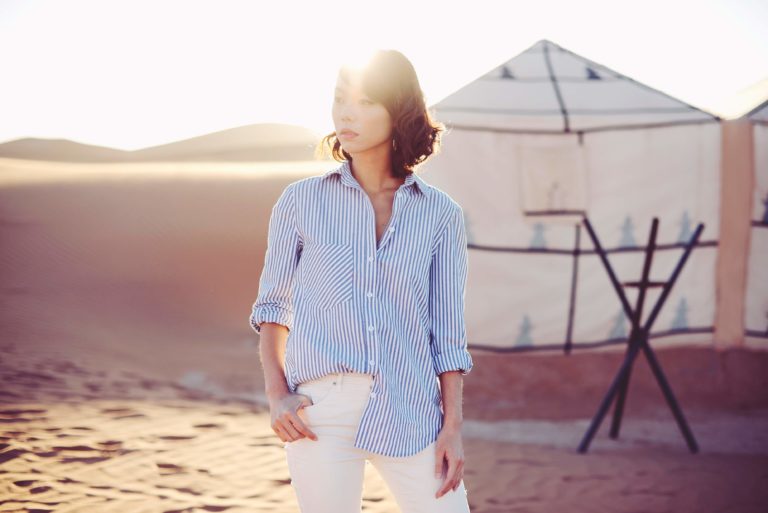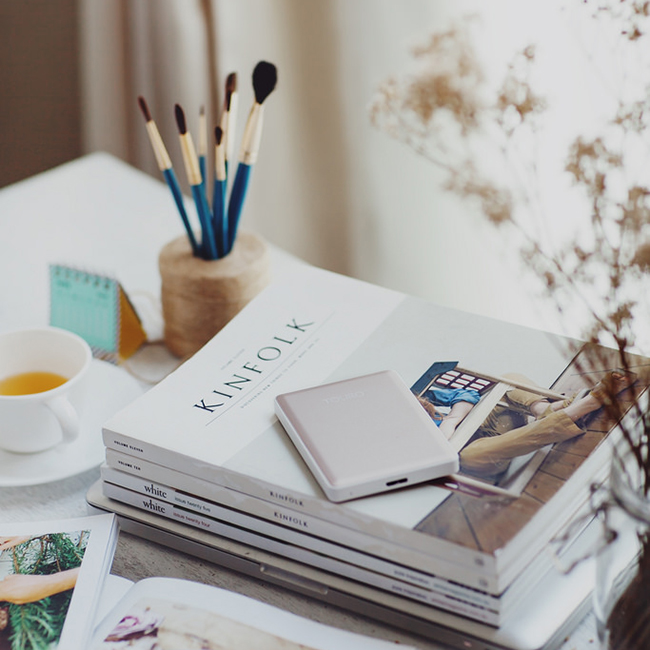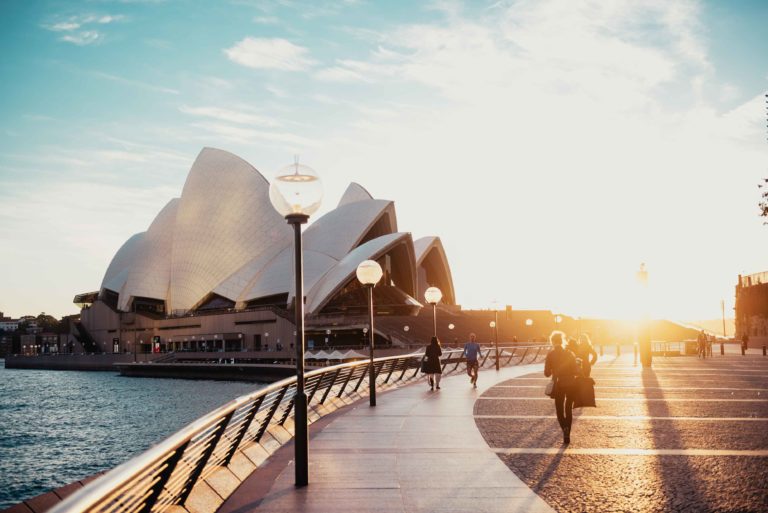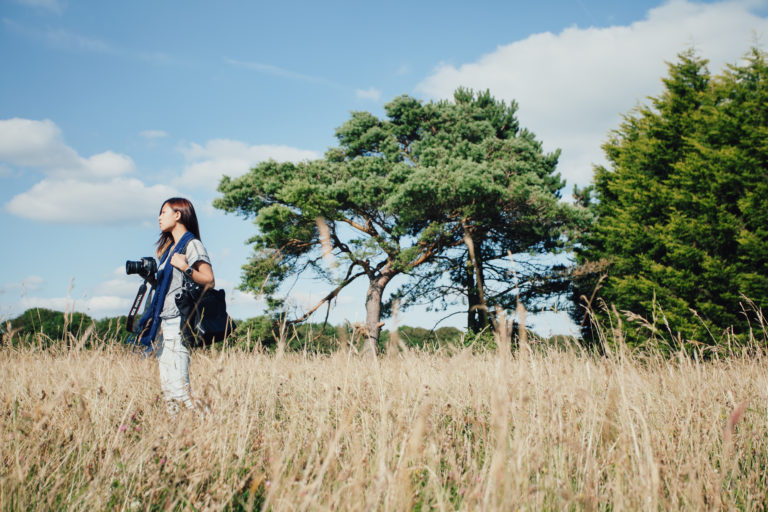Morocco: Camera Equipment (Part II)
I always get questions on the equipment I use for my photography, and this varies from non-professional to semi, and professional equipment from time to time. I usually shoot with my Canon 5D Mark II, but I was very privileged to be given the opportunity to try the Nikon D810 early this year in January (and I can proudly say, I am a convert now).
On a side note, I have to clarify that it was my first time using a Nikon system and a lot of functions that are available on a Nikon camera were completely new to me. And also, any comparisons made may not be fair because the 5D Mark II was released 6 years prior to the D810 (so a better comparison would be against the 5D Mark III which you can find heaps on the Internet, but here’s my take). Anyway, if you’re already a Nikon user, please excuse my childish excitement!
[divider line_type=”Full Width Line” custom_height=””]
As a continuation to my post on Morocco, here’s Part 2, where I discuss about the equipment that I used to create all the beautiful imagery that you would have seen in Part 1. So first things first, which camera, and which lens?
Camera: Nikon D810
Lens: AF-S NIKKOR 50mm f/1.4G
Most of the time, I choose not to bring too many lenses to a shoot/overseas because I think sometimes the convenience can you make you lazy. And even though there are shortcomings, that’s just the way I like my personal workflow to be. So yes, I survived Morocco with only a 50mm lens heh.
[divider line_type=”Full Width Line” custom_height=””]
[heading subtitle=”5 REASONS TO LOVE THE D810″] [/heading]
Next, I want to share with you the 5 THINGS I LOVE ABOUT THE D810.
Actually, this might be for Nikon cameras in general, and may not be specific to the D810, but here goes:
1. DUAL CARD SLOT
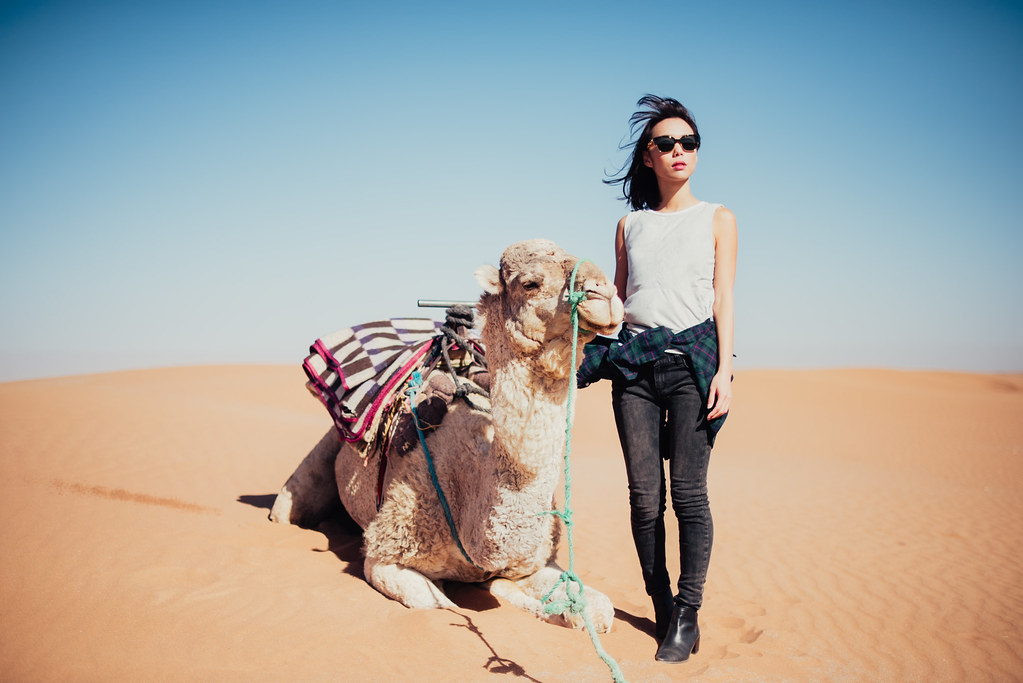
1/6400s, f/1.6, ISO 100, shot with D810+50mm f/1.4
There are two card slots on the camera and this allows you to insert either a CF or an SD memory card, or both! You know how sometimes when you’re on a shooting high, your card runs out of space halfway and it breaks your momentum? This is exactly how you’ll combat it. You can choose for your images to be backed up on the secondary card when the primary one is full, or to concurrently capture both JPG and RAW files on each of the cards. Plus, SD cards are a lot cheaper than CF cards, so you can save a lot more money!
One thing to note though, is that Kingston CF cards are not supported on the D810 for some reason but if you have SanDisk cards, they work great! :)
2. 51 AUTO FOCUS POINTS
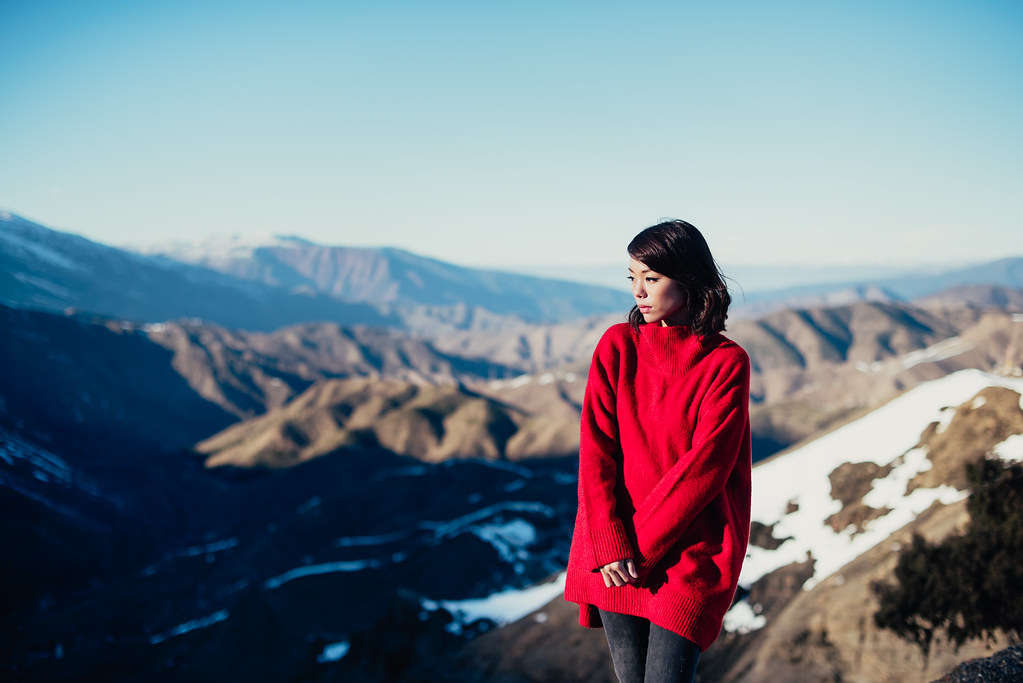
1/5000s, f/2.2, ISO 200, shot with D810+50mm f/1.4
The D810 also comes with 51 AF points, which is a far cry from the 9 on my Mark II. I always recompose my shot after a half-press on the shutter, and sometimes too much of a shift in the focus plane can cause your shot to be blur. The 51 AF points, although does not cover the full viewfinder (but only towards the centre of the image), helps a lot in reducing potential focus issues. Which brings me to my next point!
3. 3D FOCUS TRACKING
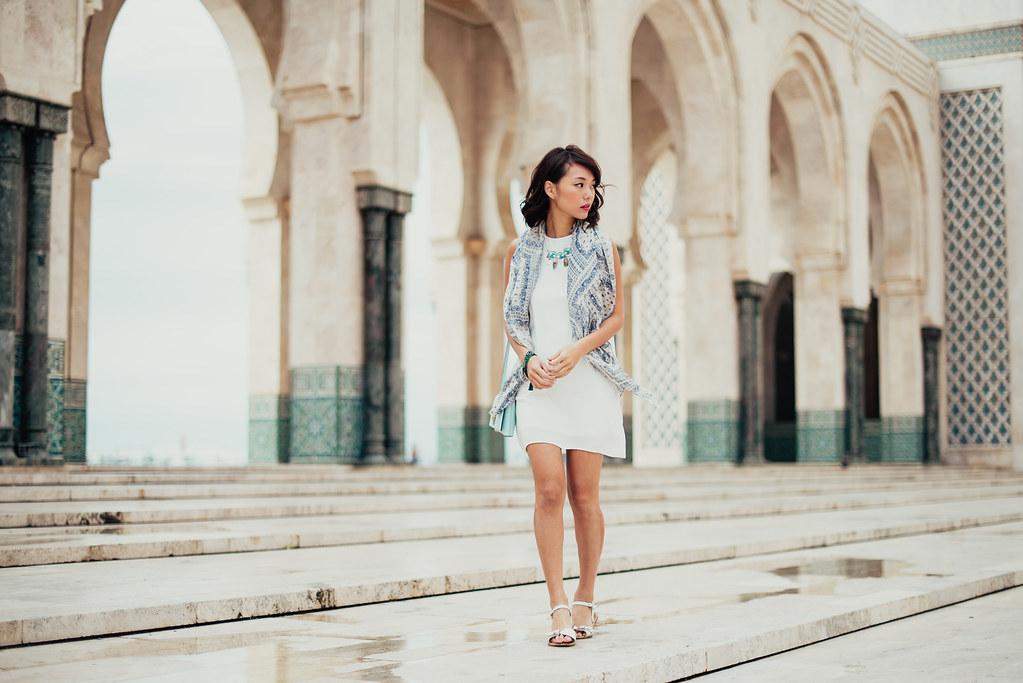
1/2500s, f/1.8, ISO 64, shot with D810+50mm f/1.4
If you don’t already know, Nikon has this cool function called 3D Focus Tracking, which is a type of predictive tracking. This is really useful especially when you are shooting moving objects (non-still life), or if say, you want your model walking across the shot. When I was using the D810, my camera was on 3D tracking mode most of the time, and I found my images to be a lot sharper/in-focus after recomposing. Well this is also because there are 51 AF points that can detect the movement. By far, the coolest and most useful function I’ve seen on a camera!
4. ALTERNATIVE CROP MODES

1/500s, f/2.0, ISO 125, shot with D810+50mm f/1.4
As someone who brings usually one or two lenses along for a shoot, I sometimes find that my lens is too wide for a shot, and that going closer to a subject (e.g. model) may cause distortion in the image. Likewise during travel, a 50mm (like I brought to Morocco) may be too wide for a distant shot. I found out the D810 has several crop modes like 1.2x and 1.5x and an aspect ratio option of 5:4, and it came in particularly handy for the shot that I took above. We were on the road and were too far away from the mountains, so there were many distractions in the foreground. Using the 1.5x crop mode, I virtually extended the reach of my 50mm lens into somewhat ~75mm lens. Bam, 2-in-1! Now I’ll only have to bring a 50mm lens for both a 50mm and 75mm perspective!
5. 36.6 MEGAPIXELS
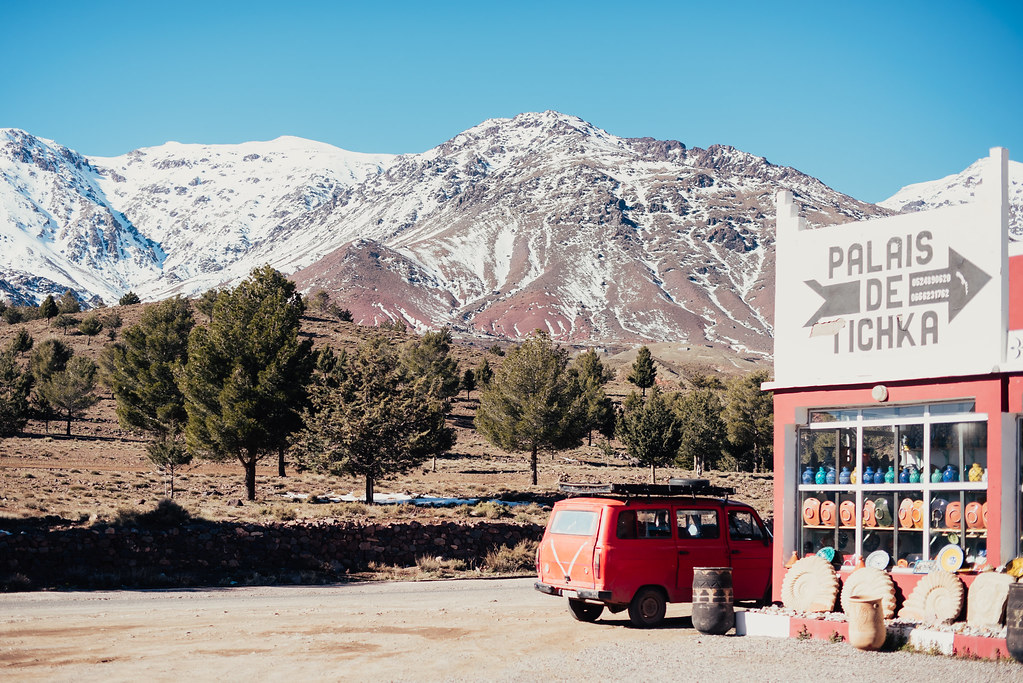
1/3200s, f/2.2, ISO 100, shot with D810+50mm f/1.4
Lastly, this camera brags a maximum sensor resolution of 36.6 megapixels(!!!). I mean, my 5DMII has only 21.1MP and the 5DMIII, 22.3MP?! Completely out of this world. This means your file sizes become larger too, but you’ll capture a lot more detail and dynamic range. Although megapixels are not the main factor that affects image quality (I think sensor size is), it’s still important in some sense. If you’re someone who likes to shoot, then edit, rather than get it right in-camera, then I know you’re someone who’s always cropping your photos after. Cropping causes you to lose pixels and a higher megapixel is a sure way to avoid losing too much detail.
Of course, a regular person wouldn’t need a camera with such high resolution. It really depends on what type of photography you do. If your clients usually request for high-res images for print, then this is when you’ll need it. Or if you’re like me and you just like blowing your images up to hang (or perhaps to print and sell one day?!), then why not consider a camera with higher megapixels? You can’t deny everyone’s chasing the megapixel race!
—
There are many other things I love about the camera too, like how you can input copyright information or change the prefix of the image file names. I also like that there’s a built-in flash (because I don’t own a flash, and sometimes it comes in handy), and how silent and crispy the shutter is compared to Canon’s (so superficial right I know).
I’m not well versed technically, so I cannot provide a more in-depth comparison on say, the low light sensitivity or exposure recovery whilst editing a RAW file. I lost the link to a great article that I’d love to share, but anyhow, here’s another comparison article if you’re interested!
[divider line_type=”Full Width Line” custom_height=””]
[heading subtitle=”COMPARISON FUN”] [/heading]
I brought both cameras with me to Morocco, and Andrea and I had some free time on our last day there and I decided to do something just for fun. I shot the same image with both of my cameras and put them side by side so that you can compare them for yourselves.
NOTE:
Images shot with Canon 5DMII are on the left, and images shot with Nikon D810 are on the right
Both settings are at 1/160s, f/ 2.0, ISO 250, and 9 megapixels.
On 5D Mark II: EF 50mm f/1.8 II
On D810: AF-S 50mm f/1.4G
These images are unedited, and I was testing how well the camera (and lenses) handle backlight and flare. Because photography is very subjective, I won’t give a rating but instead, let you be the judge for yourselves!
So… which do you like better? ;)
And that’s the end! If you have any thoughts or questions on the camera or anything at all, just feel free to leave a comment or email me at enquiries@beautifuladieu.com :) xx
–
Read the full story with more images on Morocco published in Part I


